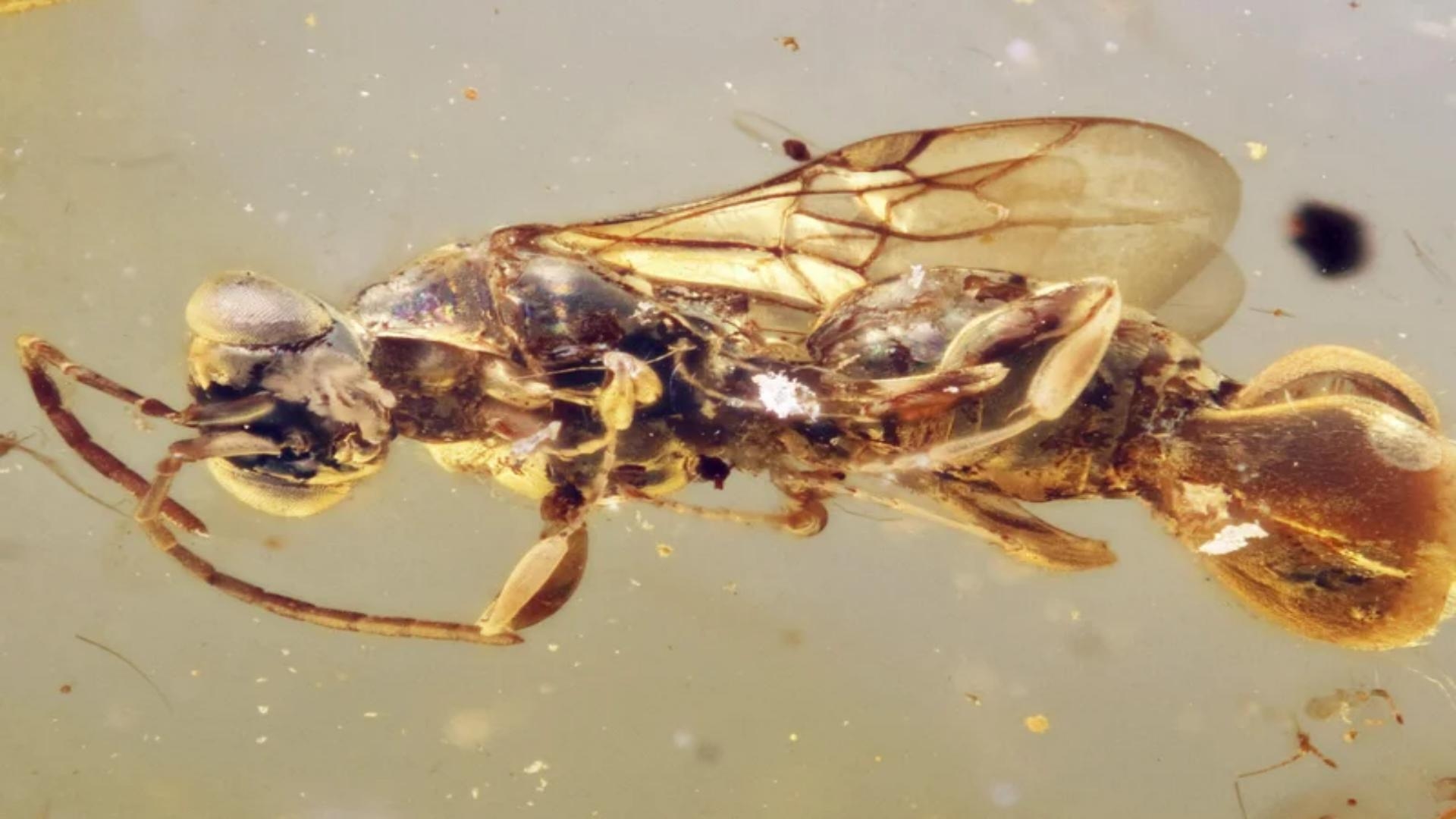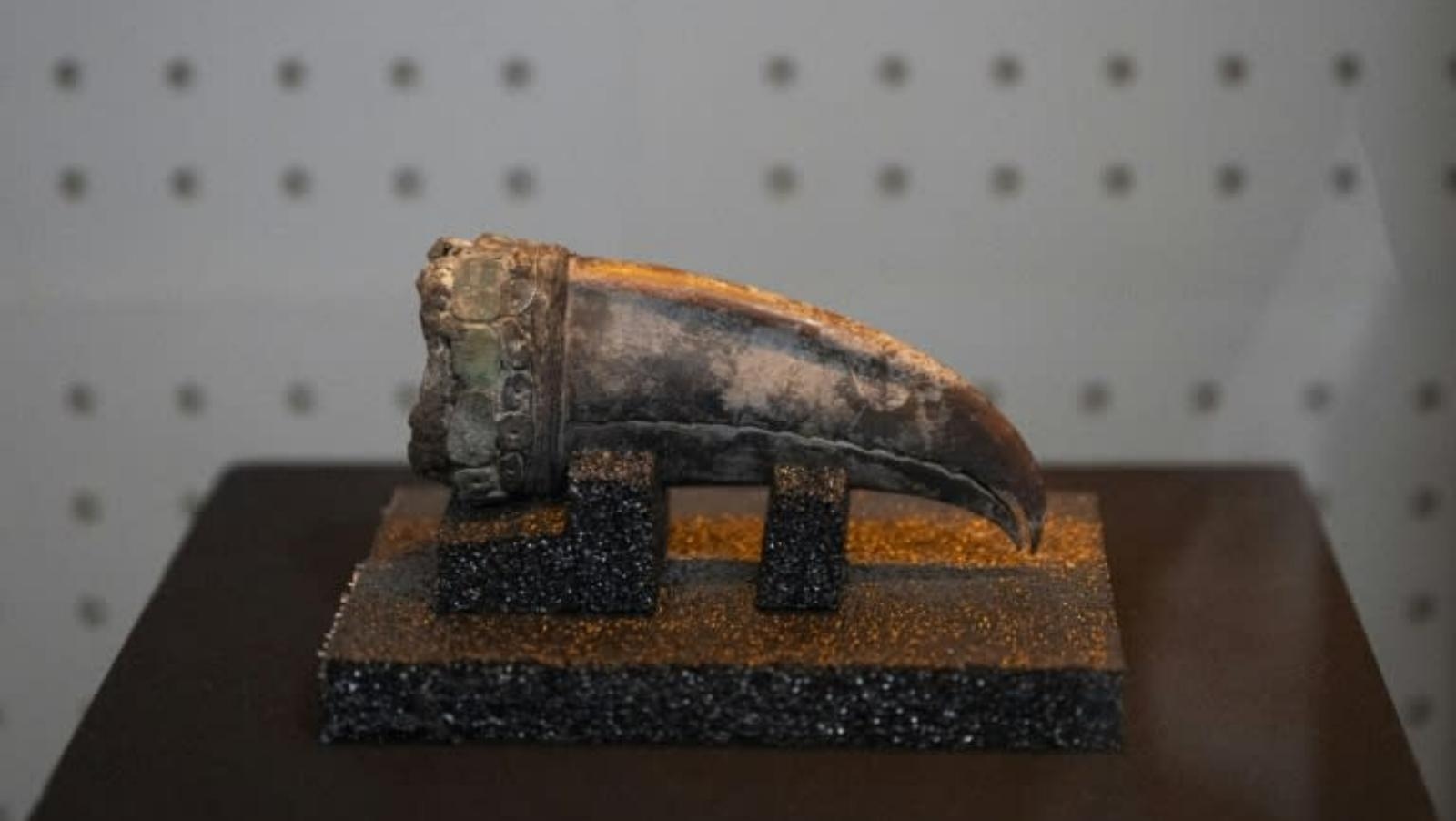invalid
invalid
Forgot password?


An email was sent to your inbox
Enter your email
invalid
An email with a reset link was sent to your mailbox.
invalid
invalid
invalid

Extraordinary Giant Structures Discovered Beneath Mars’ Surface
Giant, dense structures have been discovered beneath the surface of Mars and they are leaving experts both mystified and excited.The first of these, confirmed by researchers in a fascinating paper, is an underground mass measuring around 1,750 kilometres (just over 1,000 miles) across, at a depth of 1,100 kilometres (684 miles).The mysterious anomaly is lurking beneath Tharsis Montes - a vast volcanic region which holds the largest volcano in the solar system: Olympus Mons.The findings are so significant that they could challenge a fundamental concept of geology and alter our view of the future of the Red Planet."There seems to be a big mass (something light) deep in Mars' layer, possibly rising from the mantle," the authors wrote in their study, which is published in the journal JGR: Planets."It shows that Mars might still have active movements happening inside it, making new volcanic things on the surface."Despite ongoing analysis, it remains unclear how volcanically active Mars is. Whilst there are no active volcanic features on the planet, the Tharsis region resurfaced in the recent geological past - within the last few tens of millions of years, as Universe Todaynotes.The researchers, led by Bart Root of the Delft University of Technology, suspect that the huge mass is, in fact, a mantle plume which is rising up under Tharsis Montes."[The findings] suggest that a plume head is currently flowing upward towards the lithosphere to generate active volcanism in the geological future," the authors write in their paper.In other words, if this mantle plume were, eventually, to reach the surface of Mars, it could potentially lead to some volcanic pyrotechnics in the future.Furthermore, the fact that Tharsis Montes is much more elevated than the rest of Mars' surface suggests that the large mass is pushing it upwards.This goes against the widely established geological theory known as flexural isostasy, which states that when something heavy loads the lithosphere (the solid, outermost layer of the planet), it responds by sinking."This means we need to rethink how we understand the support for the big volcano and its surroundings," the authors stress.In addition, the team found other gravitational anomalies, including enigmatic dense structures under Mars' northern polar plains.These strange forms lie buried under a thick, smooth sediment layer that was likely deposited on an ancient seabed, and are approximately 300 to 400 kg/m3 denser than their surroundings, according to Universe Today.For context, Earth's Moon is also home to some gravitational anomalies, which are associated with giant impact basins.Scientists believe that the impactors which created the basins were denser than the Moon, and so their mass became part of the Moon after they crashed into it.Yet, there’s no visible trace of Mars’s newly-discovered gravitational anomalies on the surface of the planet.Speaking of these polar finds, Dr Root said in a statement: "These dense structures could be volcanic in origin or could be compacted material due to ancient impacts.“There are around 20 features of varying sizes that we have identified dotted around the area surrounding the north polar cap - one of which resembles the shape of a dog.”Interestingly, he added: “There seems to be no trace of them at the surface. However, through gravity data, we have a tantalising glimpse into the older history of the northern hemisphere of Mars."Still, Root and his colleagues concede that in order to truly get to the bottom of these mysterious structures, they need more data. And to gather this data, they’ll need to embark upon a new mission.This proposed mission is now known as the Martian Quantum Gravity (MaQuls), and would be based on the same technology used in previous missions which mapped the Moon's and Earth's gravity, respectively."Observations with MaQuIs would enable us to better explore the subsurface of Mars,” Dr Lisa Wörner of the German Aerospace Center (DLR), told the Europlanet Science Congress 2024.“This would help us to find out more about these mysterious hidden features and study ongoing mantle convection, as well as understand dynamic surface processes like atmospheric seasonal changes and the detection of ground water reservoirs.”
5/20/2025 10:25:00 AM
5/20/2025 7:20:00 AM

5/15/2025 8:20:17 PM

4/29/2025 9:05:00 AM

4/25/2025 11:38:29 AM

{{article.publishDate}}
More
5/20/2025 10:25:00 AM

5/20/2025 7:20:00 AM

5/15/2025 8:20:17 PM

4/29/2025 9:05:00 AM

{{ article.publishDate }}
More